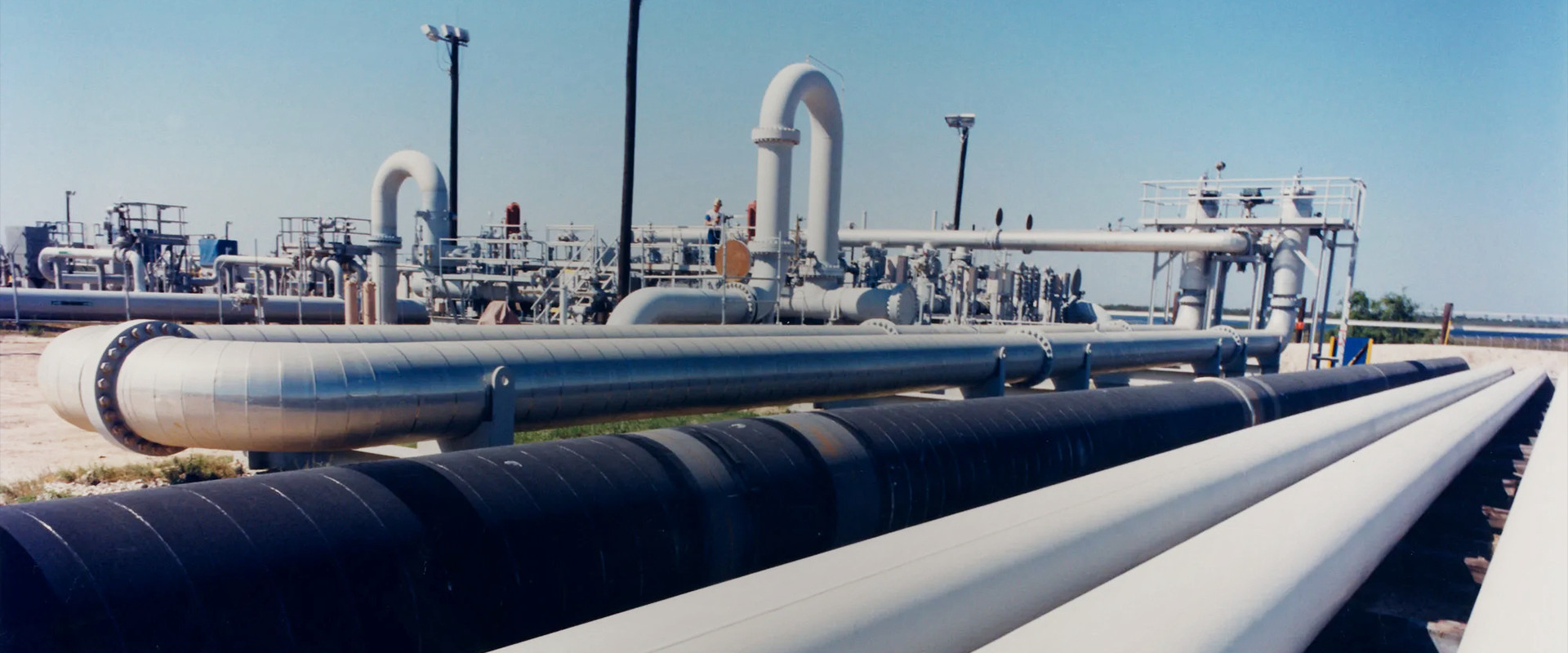-
Cangzhou Yulong Steel Co., Ltd.
-
Phone:
+86 13303177267 -
Email:
admin@ylsteelfittings.com
- English
- Arabic
- Italian
- Spanish
- Portuguese
- German
- kazakh
- Persian
- Greek
- French
- Russian
- Polish
- Thai
- Indonesian
- Vietnamese
- Zulu
- Korean
- Uzbek
- Hindi
- Serbian
- Malay
- Ukrainian
- Gujarati
- Haitian Creole
- hausa
- hawaiian
- Hebrew
- Miao
- Hungarian
- Icelandic
- igbo
- irish
- Japanese
- Javanese
- Kannada
- Khmer
- Rwandese
- Afrikaans
- Albanian
- Amharic
- Armenian
- Azerbaijani
- Basque
- Belarusian
- Bengali
- Bosnian
- Bulgarian
- Catalan
- Cebuano
- China
- China (Taiwan)
- Corsican
- Croatian
- Czech
- Danish
- Esperanto
- Estonian
- Finnish
- Frisian
- Galician
- Georgian
- Kurdish
- Kyrgyz
- Lao
- Latin
- Latvian
- Lithuanian
- Luxembourgish
- Macedonian
- Malgashi
- Malayalam
- Maltese
- Maori
- Marathi
- Mongolian
- Myanmar
- Nepali
- Norwegian
- Norwegian
- Occitan
- Pashto
- Dutch
- Punjabi
- Romanian
- Samoan
- Scottish Gaelic
- Sesotho
- Shona
- Sindhi
- Sinhala
- Slovak
- Slovenian
- Somali
- Sundanese
- Swahili
- Swedish
- Tagalog
- Tajik
- Tamil
- Tatar
- Telugu
- Turkish
- Turkmen
- Urdu
- Uighur
- Welsh
- Bantu
- Yiddish
- Yoruba

نوامبر . 05, 2024 10:46 Back to list
api 5l x60 psl2 specification
Understanding API 5L X60 PSL2 Specification
The American Petroleum Institute (API) has set a comprehensive set of standards for the quality and specifications of various steel pipes, particularly for the oil and gas industry. Among these specifications, API 5L stands out as a critical document that outlines the requirements for the manufacturing and testing of pipes used in the transportation of oil and natural gas. Within this specification, the X60 PSL2 category is noteworthy, as it encompasses pipes constructed to meet specific mechanical properties and manufacturing controls.
Overview of API 5L X60 PSL2
API 5L X60 PSL2 refers to a standard specification for seamless and welded steel line pipes, where X60 indicates the minimum yield strength of 60,000 psi, and PSL2 denotes the Product Specification Level 2, which involves stricter quality control measures and testing requirements compared to PSL1. This specification is vital for ensuring pipeline safety, integrity, and long-term reliability.
Mechanical Properties
The main focus of the X60 designation lies in its mechanical properties. The minimum yield strength of 60,000 psi allows for substantial resistance to deformation under load, making it an ideal choice for high-pressure applications. Furthermore, the specification includes requirements for elongation, reduction of area, and Charpy impact testing, which ensure that the material can withstand varying temperatures and pressures without failing.
Chemical Composition
The chemical composition of the API 5L X60 PSL2 pipes is equally important. These pipes typically consist of carbon, manganese, phosphorus, sulfur, and silicon, among other elements. The balance of these elements is carefully monitored to ensure that the pipes possess excellent weldability, strength, and durability. For instance, a higher manganese content increases the toughness of the material, making it less susceptible to cracking and failure.
api 5l x60 psl2 specification

Manufacturing Process
Producing API 5L X60 PSL2 pipes involves several critical processes. The pipes are manufactured using either seamless or welded techniques. Seamless pipes are produced by drawing the steel through a die, creating a strong and uniform structure. Welded pipes, on the other hand, are made by rolling and welding flat steel sheets. The manufacturing process for both methods must adhere to rigorous quality control measures outlined in the standard to ensure the integrity of the final product.
Testing and Quality Assurance
API 5L X60 PSL2 includes detailed guidelines for testing and inspection. Each batch of pipes must undergo extensive non-destructive testing (NDT), including ultrasonic testing and magnetic particle inspection, to identify any flaws that could compromise performance. Additionally, mechanical testing, such as tensile and impact tests, is conducted to verify that the pipes meet the specified requirements.
Applications
The durability and reliability of API 5L X60 PSL2 pipes make them suitable for various applications, including hydrocarbon transportation, natural gas distribution, and water supply systems. They are often employed in pipelines that operate under high pressures and harsh environmental conditions, ensuring that energy resources can be transported safely and efficiently.
Conclusion
In summary, API 5L X60 PSL2 provides a robust framework for the production and testing of steel line pipes used in some of the most demanding industries. By combining rigorous mechanical and chemical property standards with stringent manufacturing processes, the API ensures that these pipes can effectively support the infrastructure necessary for energy transportation. Understanding this specification is crucial for engineers, manufacturers, and operators in the oil and gas sector, as it lays the groundwork for ensuring pipeline safety and reliability throughout their operational lifespan.
Latest news
-
ANSI 150P SS304 SO FLANGE
NewsFeb.14,2025
-
ASTM A333GR6 STEEL PIPE
NewsJan.20,2025
-
ANSI B16.5 WELDING NECK FLANGE
NewsJan.15,2026
-
ANSI B16.5 SLIP-ON FLANGE
NewsApr.19,2024
-
SABS 1123 FLANGE
NewsJan.15,2025
-
DIN86044 PLATE FLANGE
NewsApr.19,2024
-
DIN2527 BLIND FLANGE
NewsApr.12,2024
-
JIS B2311 Butt-Welding Fittings LR/SR 45°/90° /180°Seamless/Weld
NewsApr.23,2024











